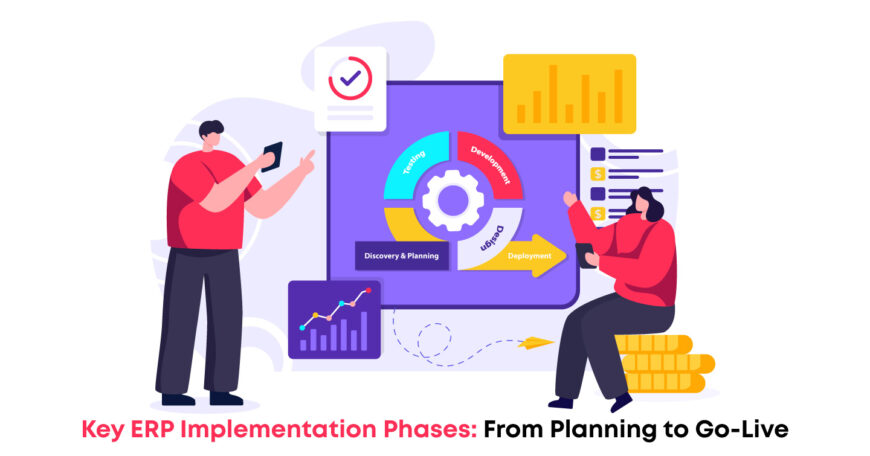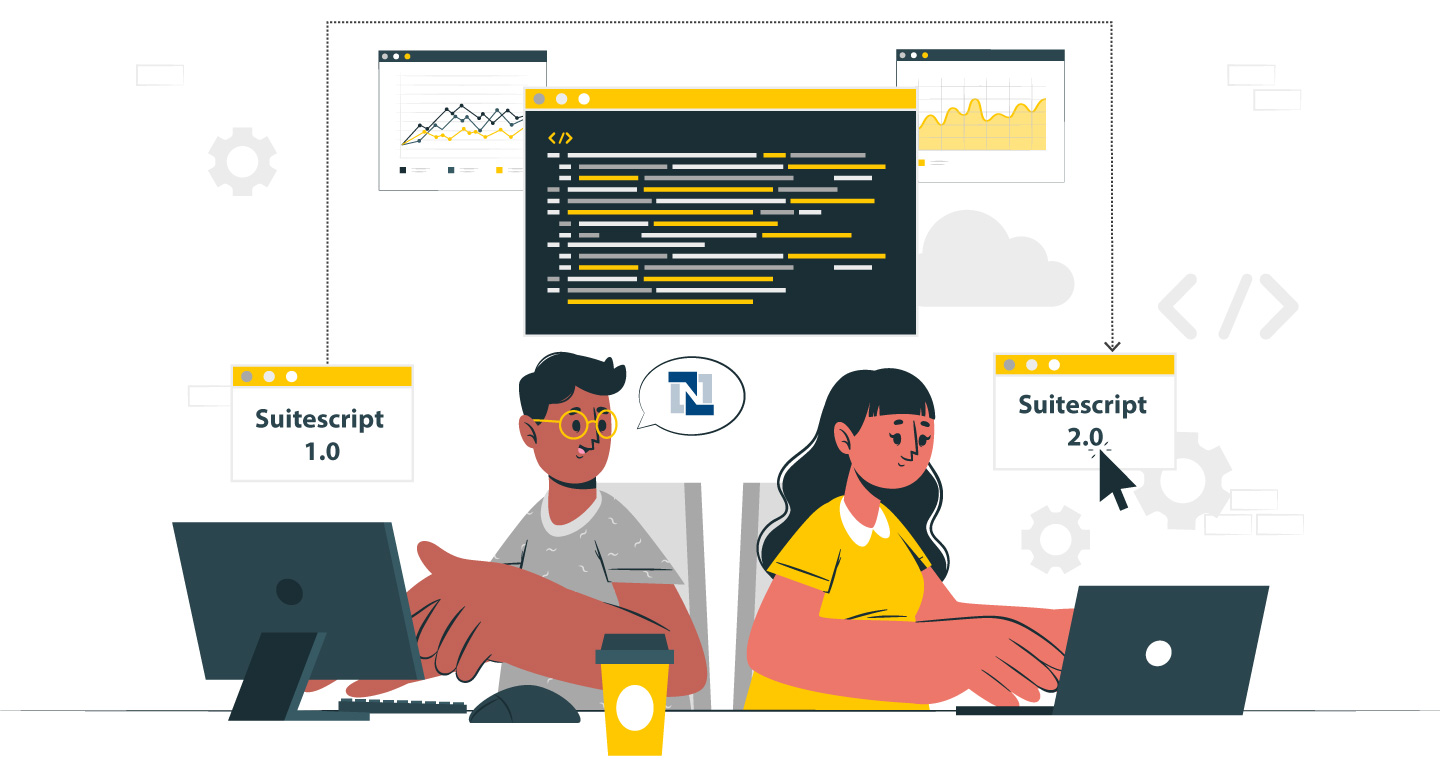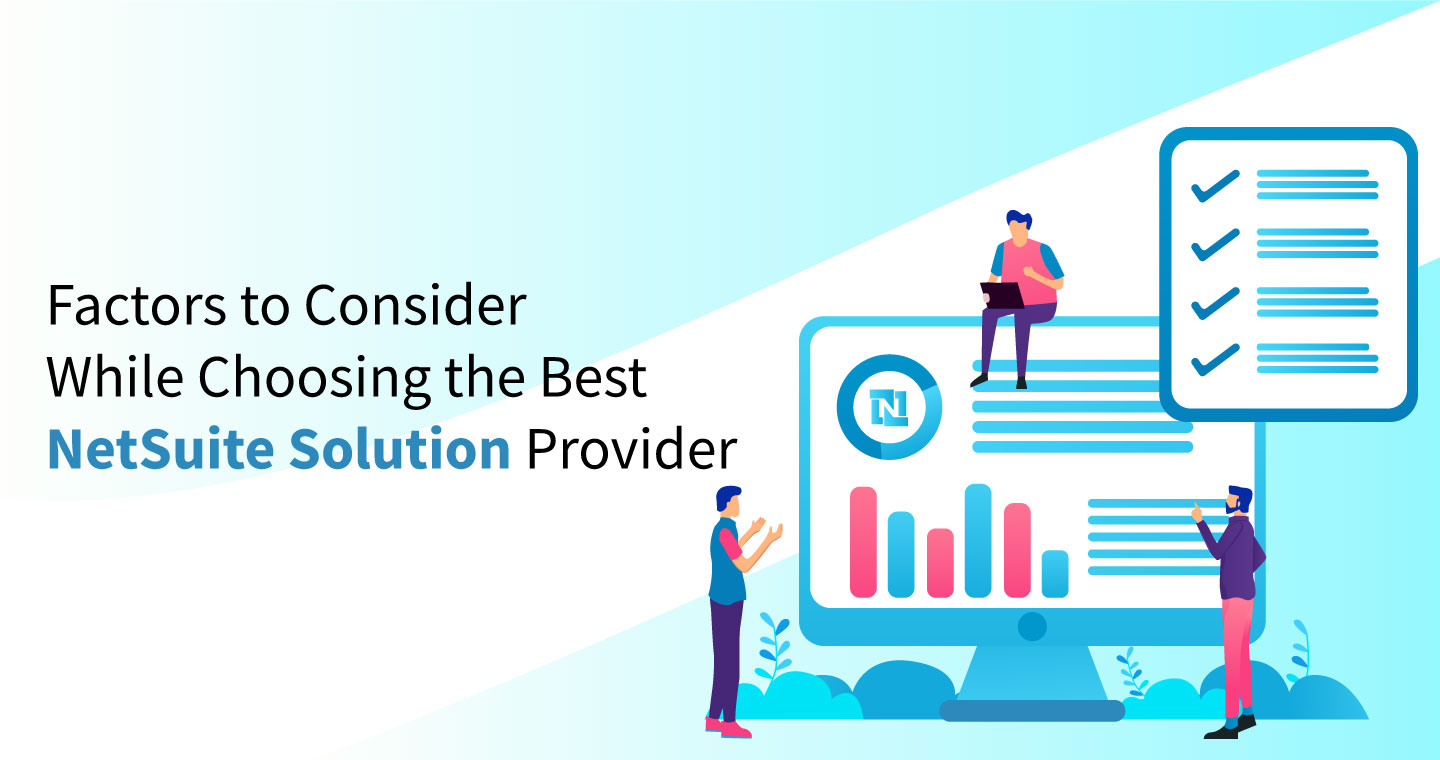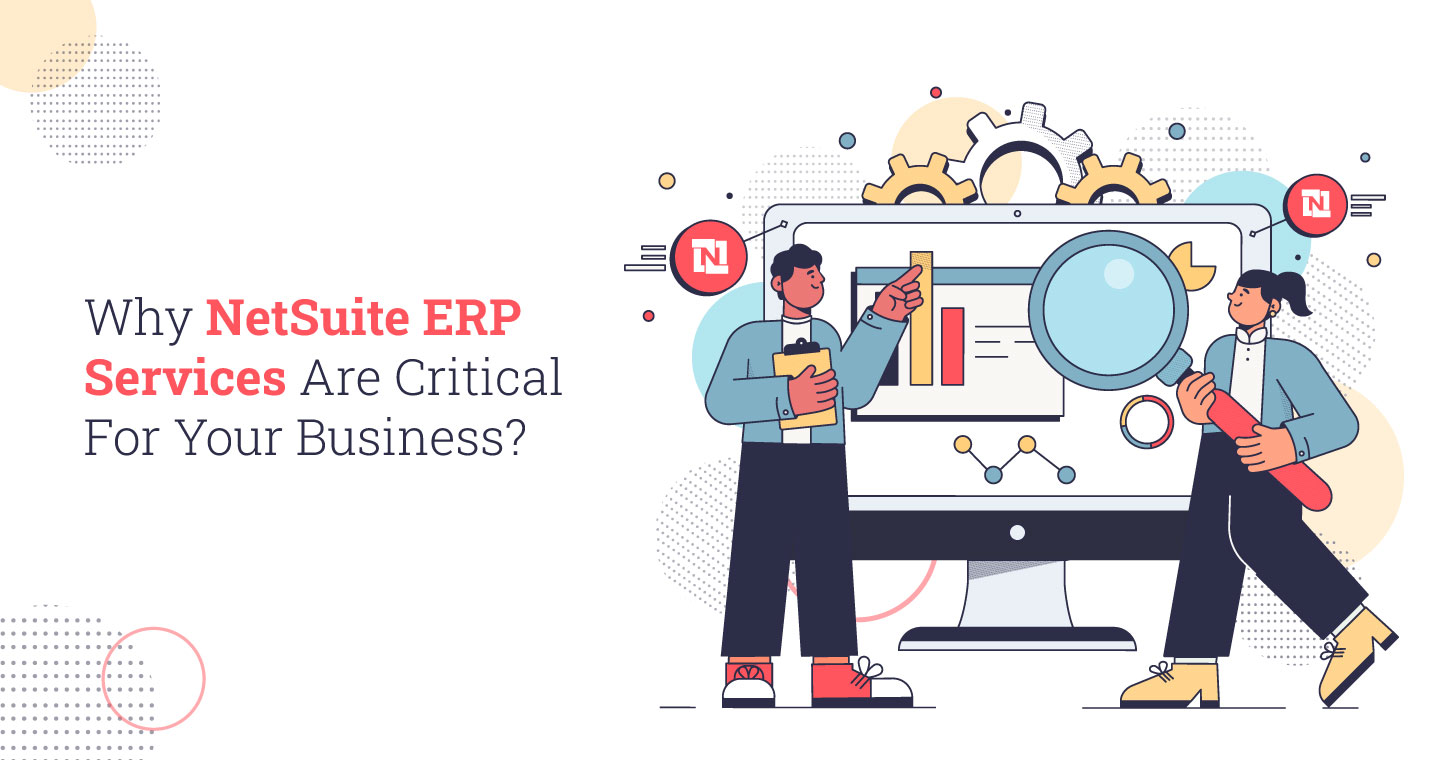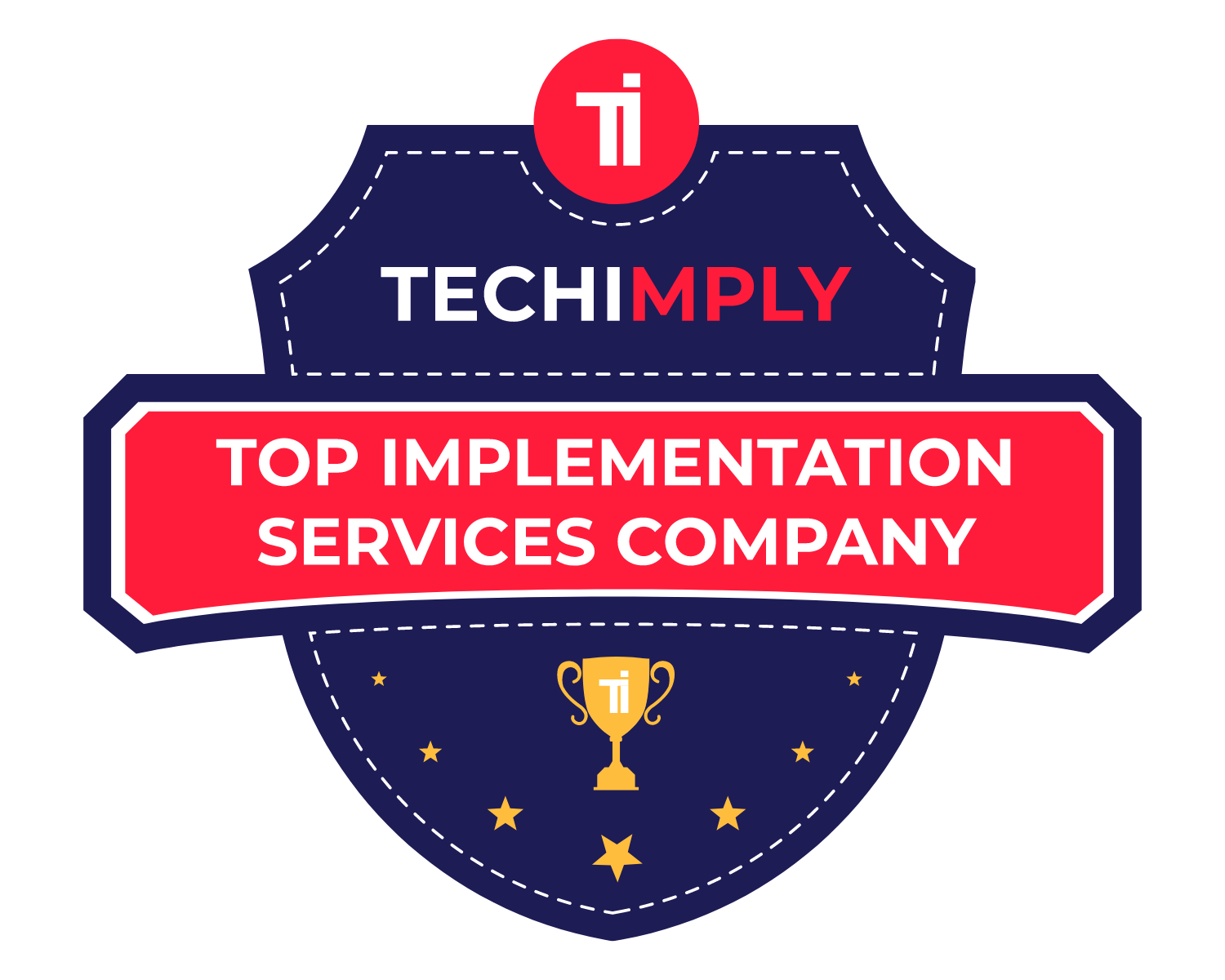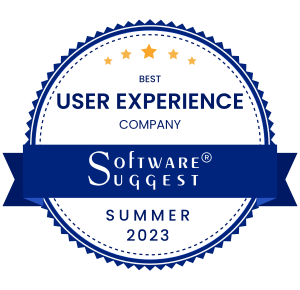Resources targeted to your end users’ day-to-day tasks offer real value. However, it is crucial to understand that integrating NetSuite Enterprise Resource Planning software is more complex than downloading a few files and going live. As an integrated suite of business applications, it might take weeks, months, or years to completely implement ERP software, depending on the system’s needs.
But what should be done if things need to be revised?
Every significant effort requires well-planned ERP implementation strategies. Recognizing the essential phases of implementation might assist you in developing a successful plan for your organization. Scheduling your implementation into steps with particular objectives may assist you in meeting your aims. On the other hand, rushing into a NetSuite ERP deployment without already developing a clear project goal, scope, and structure increases the likelihood of later encountering severe challenges.
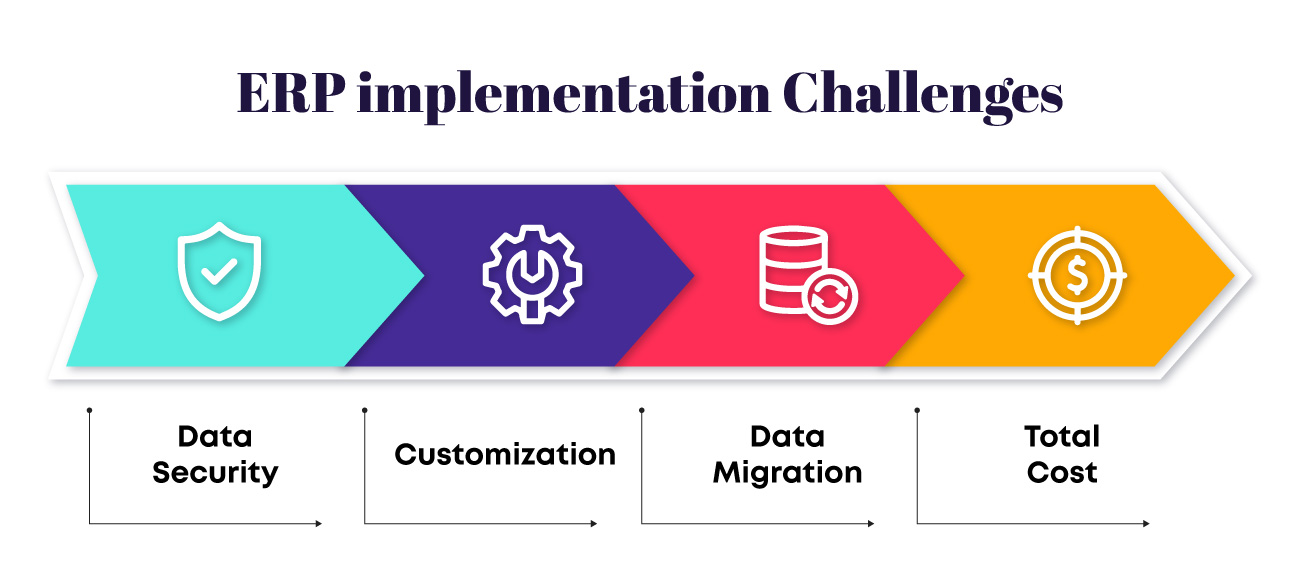
But before we start with the critical phases of a NetSuite ERP Implementation plan, let us first understand what exactly ERP implementation is.
The most common reason for ERP implementation failure is inadequate project planning, according to a survey by Panorama Consulting.
What Is The ERP Implementation Process?
An ERP system combines financial management, human resources, sales, and manufacturing functions to give benefits such as increased production and efficiency. It refers to planning, configuring, and deploying a NetSuite ERP system. The process typically takes many months and is complex since an ERP system facilitates and executes various processes.
To ensure a successful deployment, the organization must first define its needs, then determine how to reorganize operations to accommodate the system, configure the ERP system to assist those processes, and rigorously test it before making it available to users. Proper preparation and a phased implementation technique are essential to finish all those tasks on time.
What Are The Phases Of The ERP Implementation?
Through ERP deployment comprises six major phases depending on the approach; there may be fewer or different phases spanning from four to twelve. Although several processes have distinct names, they always lead to a similar overall process. The broad stages of the ERP implementation Lifecycle are classified as follows:
Phase 1: Discovery & Planning
Every company is as unique as its requirements. The first and most critical step includes researching and choosing the appropriate ERP software, setting up a project team, and detailed defining of the requirements. With so many alternatives in the market, selecting the best match for your business operations can take time and effort. Also, ERP components that do not meet your needs are removed at this stage.
65% of successful NetSuite ERP implementations begin with a thorough planning phase to ensure a smooth transition to the new system.
When starting any project, it must be meticulously prepared so there are no surprises during execution. Planning is essential for achieving proper ERP installation, from selecting the necessary resources to allocating duties to corresponding team members.
Phase 2: Design
The designing phase makes the process more efficient and worthwhile since it involves various adjustments and alterations based on discovery and planning. It includes developing the framework and, if necessary, modifying software to support the new operations. It also implies connecting the ERP system with any other existing business systems.
The design phase is critical for customizing NetSuite to fit the specific needs of your business, with 82% of implementations seeing increased efficiency after design is complete.
GAP analysis is another critical step in the ERP design phase that examines and compares the organization’s current system and its future position. It allows you to quickly identify the essential operations that require the most incredible attention from your ERP.
Phase 3: Development
The development phase can begin once clear design requirements have been defined. This entails configuring and, as needed, customizing the software to support the revamped processes. It may also entail developing integration with any other existing business applications in the organization that will not be replaced by the ERP system. If you use an on-premises ERP system, the organization must install the required hardware and software with focus on training.
How technologically savvy are your employees? Do they need to attend many training sessions to grasp the new system fully, or can they learn as they go? The answers to these questions will indicate if your ERP software can grow with you. As a new system will be in place, staff must be adequately trained before utilizing the end-product. To aid users in transitioning to the new system, the team should provide training materials in concert with software development.
Phase 4: Testing
Testing is an essential milestone in the ERP implementation planning checklist. The initial software testing should be followed with the rigorous testing of the system’s complete capabilities. It should also involve allowing selected members to utilize the system for everyday responsibilities. This stage should also include data migration testing and first end-user training.
A thorough testing phase can save time and frustration during go-live, with 67% of implementations experiencing fewer issues due to proper testing.
For instance, a well-executed testing will ensure that the appropriate user rights and security measures are maintained and upgraded. While this increases overall setup time and expenses, it offers a cushion for your organization by obtaining as much vendor help as possible. A professional, rather than your busy staff, may identify and resolve installation concerns.
Phase 5: Deployment and Data Migration
It is the step in which the ERP system actually goes live. Once all the data has been collected, analyzed, and transformed for use in the system, the new implementation is deployed, and the old system is decommissioned. Some data can be migrated ahead of the deployment stage, whereas other information, such as current transactions, should be migrated right away.
The data migration phase is crucial for transitioning to NetSuite, with a success rate of 92% for those who prioritize thorough data migration planning.
In fact, some organizations aim to deploy all ERP system modules concurrently, while others priorities specific high-priority modules or processes first and add others later in stages. To reduce risk, some organizations run older systems concurrently with the new ERP implementation for a period of time, though this can increase overall project costs and reduce user productivity.
Phase 6: Support & Updates
After deployment, nurturing your ERP implementation makes sense to keep users satisfied and ensure that the organization achieves the desired results. During this phase, the project team will still be in charge of the ERP system, but its focus will shift to listening to user feedback and adjusting the system accordingly. As new features are added to the system, some additional development and configuration may be required.
The continuous updates are the need of an hour for the final phase in the ERP life cycle. Now that the new system is in place, it is up to the personnel who are working on it to keep current on the latest technological advancements. Employees must also learn to maintain the system operational, if the need arises.
What Are The Objectives Of The ERP Implementation Plan?
A well-managed NetSuite ERP deployment plan fulfills the following top-level business objectives:
1. Decrease The Implementation Timelines
Regardless of how much preparation and research you undertake, successful ERP installation might take months or even years.
On average, ERP implementation projects take around 9-12 months to complete.
A poorly managed NetSuite ERP deployment can and will take a long time to complete, with delays caused by insufficient technology, unanticipated business process changes, or ill-planned training. Proper planning may save delays and guarantee necessary employee acceptance.
2. Cost Control And Reduction
The average cost of an ERP implementation is $1.3 million, according to a survey by Nucleus Research.
NetSuite ERP installations need planning, employee input, and resource allocation. Each is a potential source of expense growth if not adequately handled. Individual user subscriptions, training, and hardware upgrades may be excluded from the total cost of implementation. Partnering with an experienced ERP provider allows you to place a firm price on NetSuite implementation, allowing you to manage your budget better.
Read More: How to control NetSuite implementation cost
3. Software Support And Training
End-user training is another potential stumbling block during installation. How technologically savvy are your employees? Do they need to attend many training sessions to grasp the new system fully, or can they learn as they go? The answers to these questions will indicate if your ERP software can grow with you.
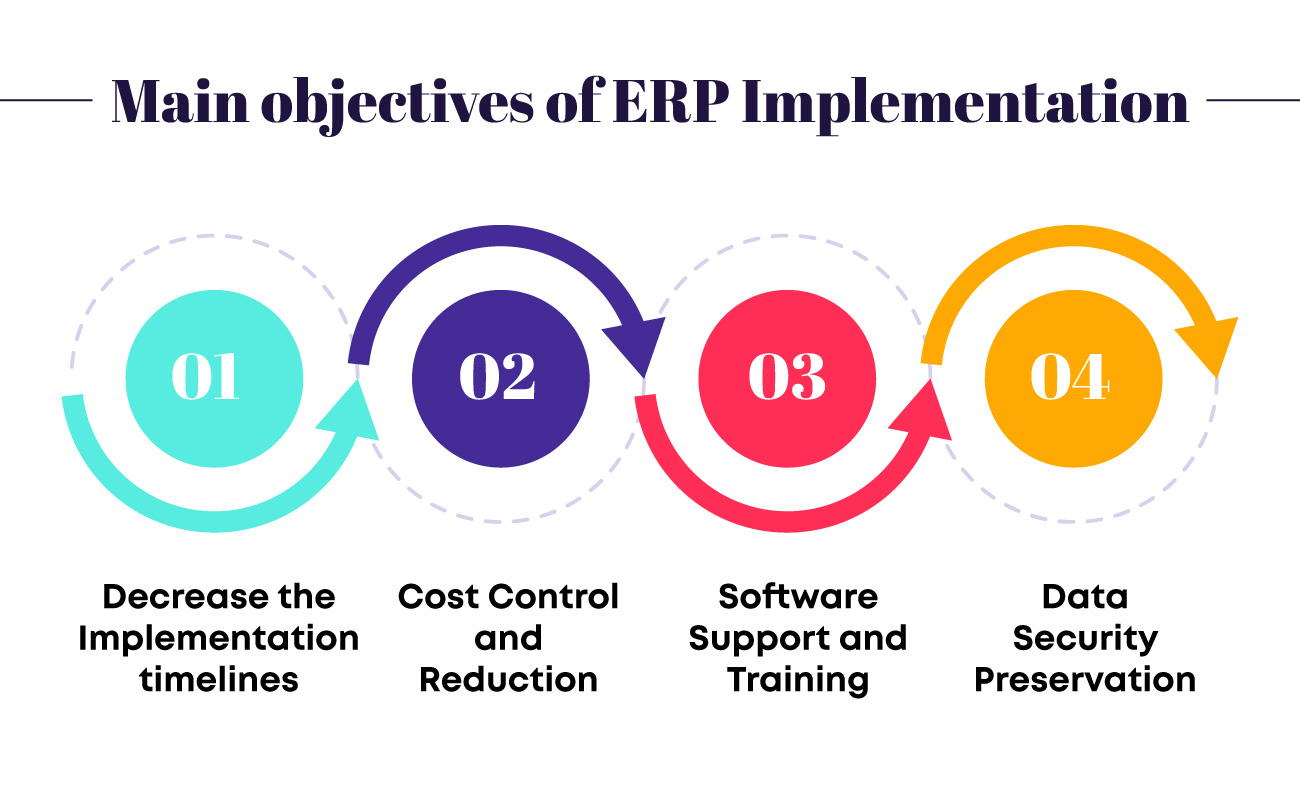
4. Data Security Preservation
A change in NetSuite ERP comes with business continuity threats like data security risks. A well-executed implementation will ensure that the appropriate user rights and security measures are maintained and upgraded. While this increases overall setup time and expenses, it offers a cushion for your organization by obtaining as much vendor help as possible. A professional, rather than your busy crew, may identify and resolve installation concerns.
Time To Get Started With Your NetSuite ERP Implementation!
While ERP systems can reduce per-capita IT expenditures, particularly for training, the initial costs are usually always more significant. At the very least, the software will cost well into the five digits. Another factor is the cost of maintenance, which vendors can provide as automatic updates or by in-house workers.

A successful NetSuite setup involves a significant amount of effort. It starts with obtaining executive approval and validating the need to design the system and assess its performance appropriately.
That is why it is critical to have a comprehensive NetSuite ERP implementation plan to guide your operations, as well as an explicit knowledge of your business, users, and objectives. You can hire VNMT to seek the best NetSuite implementation service in town. We can help you with faster adoption of a modern ERP system like NetSuite that can help you improve the ROI potential.
